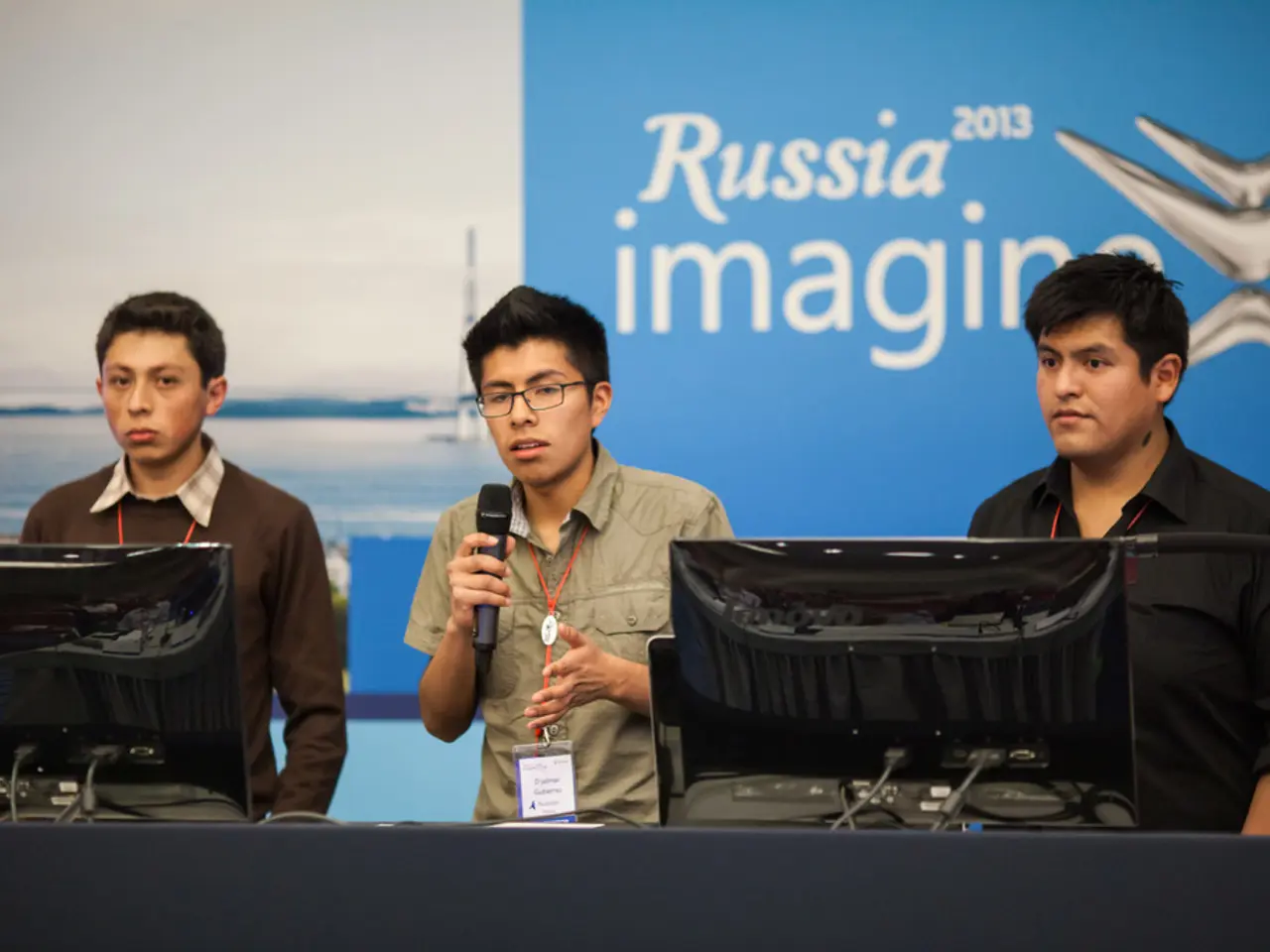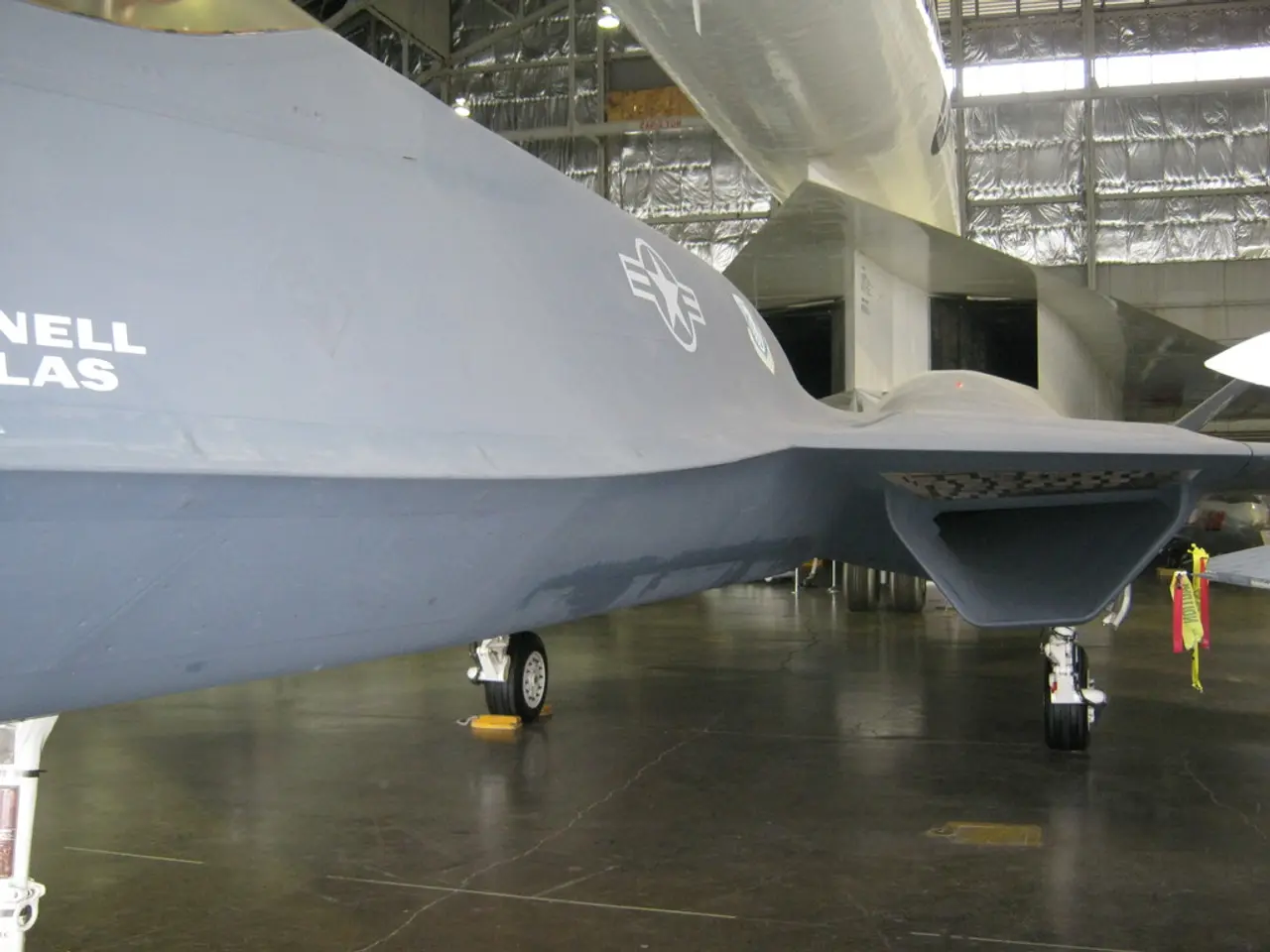U.S. President Trump Introduces 19% Custom Duty on Filipino Merchandise in Revised U.S.-Philippines Trade Agreement
The U.S. and the Philippines have reached a tariff agreement, which is set to have both economic and geopolitical implications. The tariff rate, while a minor reduction from the previously threatened 20%, remains at 19% for Philippine imports.
Filipino officials describe this agreement as a solid first step towards resolving a $5 billion bilateral trade deficit. However, the deal may lead to "modest price increases" on Philippine imports for U.S. consumers.
Economically, the tariff reduction from an initially planned 20% to 19% still represents an increased cost on Philippine exports to the U.S., potentially raising prices for U.S. consumers and affecting export volumes from the Philippines. On the other hand, the deal also includes "zero tariffs" on U.S. exports to the Philippines, which could boost U.S. exports of automobiles, soy, wheat, and pharmaceuticals to the Philippine market, benefiting American producers.
Geopolitically, the tariff agreement is part of a broader effort by the Trump administration to renegotiate trade terms with multiple countries while reinforcing strategic relationships. The deal with the Philippines comes amid ongoing military cooperation pledges, indicating that the tariff policy is intertwined with broader U.S.-Philippine relations, including security ties.
The tariff agreement establishes an "open market" system with tariff-free U.S. exports to the Philippines, covering a total trade of $23.5 billion between the two countries. Notably, electronics, which benefit from WTO agreements, remain tariff-free under the new agreement.
The deal is seen as a strategic move by President Trump, embodying his broader Asia trade campaign. However, it has drawn criticism from economists, who argue such tariff moves may heighten uncertainty in trade-dependent Asian economies. The Asian Development Bank may lower growth forecasts due to such tariff moves in the region.
Philippine President Ferdinand Marcos Jr. hailed the agreement as a "significant achievement." The Philippines and Indonesia deals are part of a series of agreements, with further talks involving the EU, Japan, South Korea, and China likely to follow.
The tariff agreement is undergoing technical ratification by both governments. Philippine exporters, particularly in electronics, are awaiting clarity on tariff schedules and regulatory norms. The deal underscores deeper U.S. alignment with the Philippines at a time of regional tension.
In summary, the 19% tariff under Trump's reciprocal tariff strategy represents both a protectionist measure to benefit U.S. economic interests and a diplomatic negotiation with significant geopolitical ramifications in Southeast Asia.
References:
[1] Economic Times
[2] Reuters
[3] CNBC
[4] The Diplomat
- The recent tariff agreement between the U.S. and the Philippines could have profound geopolitical implications in Asia, as it is part of a broader strategy by the Trump administration to reinforce strategic relationships.
- The tariff deal with the Philippines comes at a time of ongoing military cooperation pledges, suggesting that the tariff policy is closely linked to broader U.S.-Philippine relations, including security ties.
- Economists have criticized the tariff agreement, arguing that it might increase uncertainty in trade-dependent Asian economies, potentially leading to lower growth forecasts by the Asian Development Bank.
- The agreement aims to establish an "open market" system with tariff-free U.S. exports to the Philippines, covering a total trade of $23.5 billion between the two countries.
- The tariff agreement, while being praised by Philippine President Ferdinand Marcos Jr. as a "significant achievement," is currently undergoing technical ratification by both governments.
- Further trade talks are expected with the EU, Japan, South Korea, and China, indicating a growing involvement of the Philippines in regional trade policies and war-and-conflicts, as well as policy-and-legislation and general-news related to geopolitics, Asia, trade, and politics.







